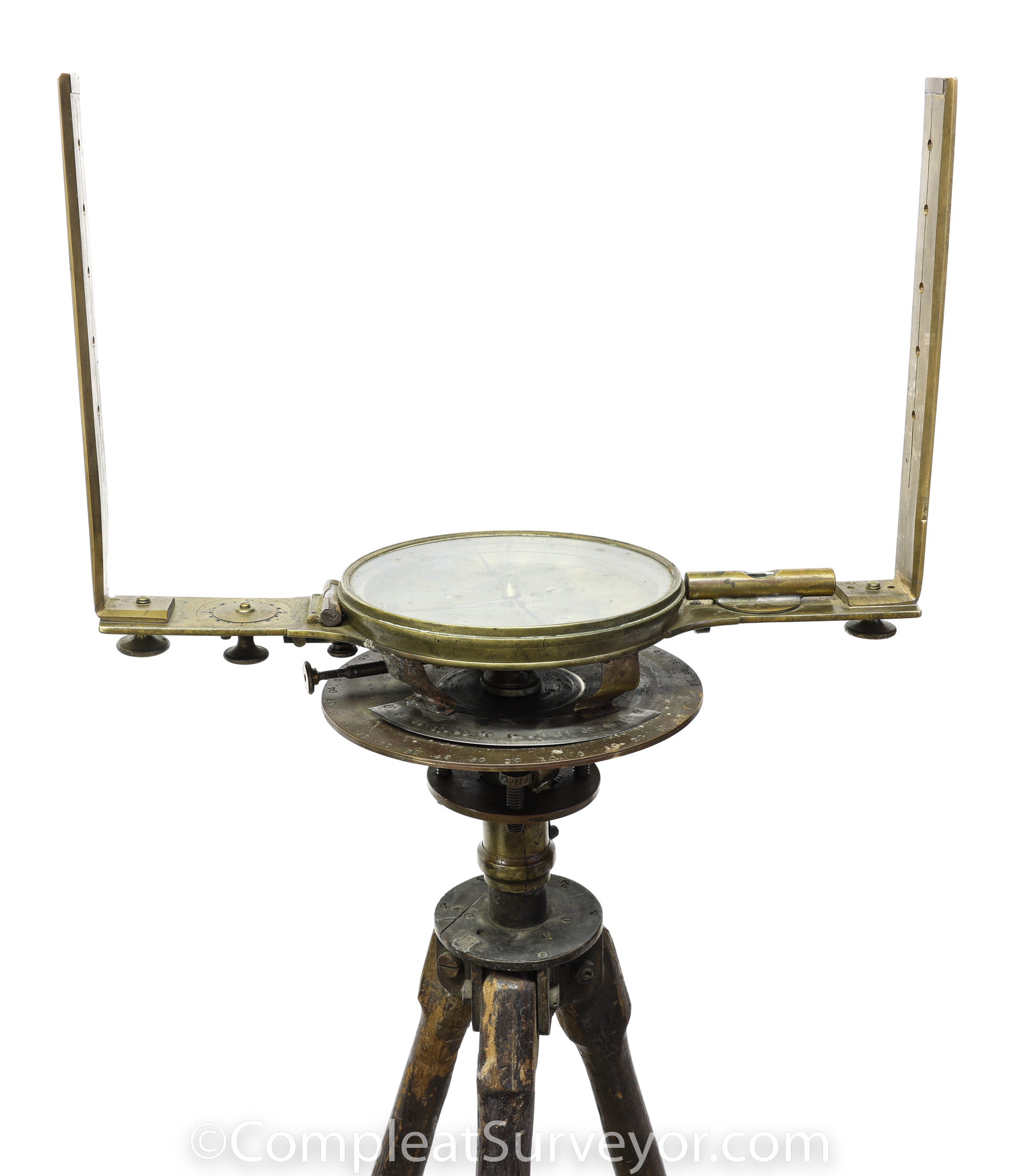
Fascinating Circa 1815 Railroad Compass Made by W. L. Potts???
This is an amazing instrument - and I don't know what to make of it.
As currently configured, it is best described as a Railroad Compass. The compass can measure angles either by the magnetic needle or independently of the magnetic needle. The compass mainplate measures 14 inches long, the needle is 5 inches long, and the site vanes (almost certainly replacements) are 8.75 inches tall. The lower horizontal plate is divided to 1 degree, and has a vernier that measures 60-0–60 - so the compass is theoretically capable of measuring an angle to a single minute! As you would suspect, the main plate can be made to turn separately from the lower plate.
The compass was made by W. L. Potts, who was one of the most skilled and precise compass makers in early America. Potts partnered with Benjamin Rittenhouse from 1796 to 1798, and then operated on his own from 1798 to 1817. Potts made surveying instruments in Bucks County, PA from 1807 to 1817. He quit making instruments in 1817.
Potts has been a subject of intense interest by some early colonial compass collectors. Potts apparently was a master of engraving, and was unequaled in his ability to divide a circle accurately. For more about Potts' ability to divide the circle, please see my webpage that compares the accuracy of many early makers.
Every other Potts compass I have seen is a masterpiece of engraving. While this compass offered here has some of the flourishes that you can find on his other compasses - like the hand pointing on the chain counter - this compass is the only known Potts compass that lacks any of the traditional Potts engraving on the compass face. (See the pics at the bottom of this page for a few examples of Potts engraving style). The lack of engraving suggests to me that Potts made this compass to serve as a prototype for new features that he had in mind. I have a Rittenhouse compass that lacks all engraving and seems to have been made by David and Benjamin Rittenhouse to test out David's automatic needle lifter and an easily removed compass face cover.
While I suspect that Potts made this compass as part of a prototype project, I have no idea what that prototype project was. This instrument has likely been modified more than once, as it shows a blend of early (1817) and later (from 1818 to say 1880) parts. I suspect, for example, that Potts did not make the lower 7 inch plate that is divided to single degrees. Based on what I've seen of Potts' work, Potts was simply incapable of dividing a circle so crudely. Potts' original effort might have looked something like this or nothing like this at all.
Having said all that, I REALLY like this instrument - it makes me smile. A unique coming together of one of the most talented instrument makers in early America and Bubbas One and Two. Plus, this precision compass comes with a tripod!
I have more information about Potts is posted on my Potts Maker Webpage.
You can also see a bit more information about Potts by doing a search of The Compleat Surveyor - ChatGPT - AI Database. Type "Tell me everything about the instrument maker Potts".
$1400 (Postpaid) - Email Russ
BLACK FRIDAY SALE PRICE
$1300
Potts Railroad Compass 360 Degree View
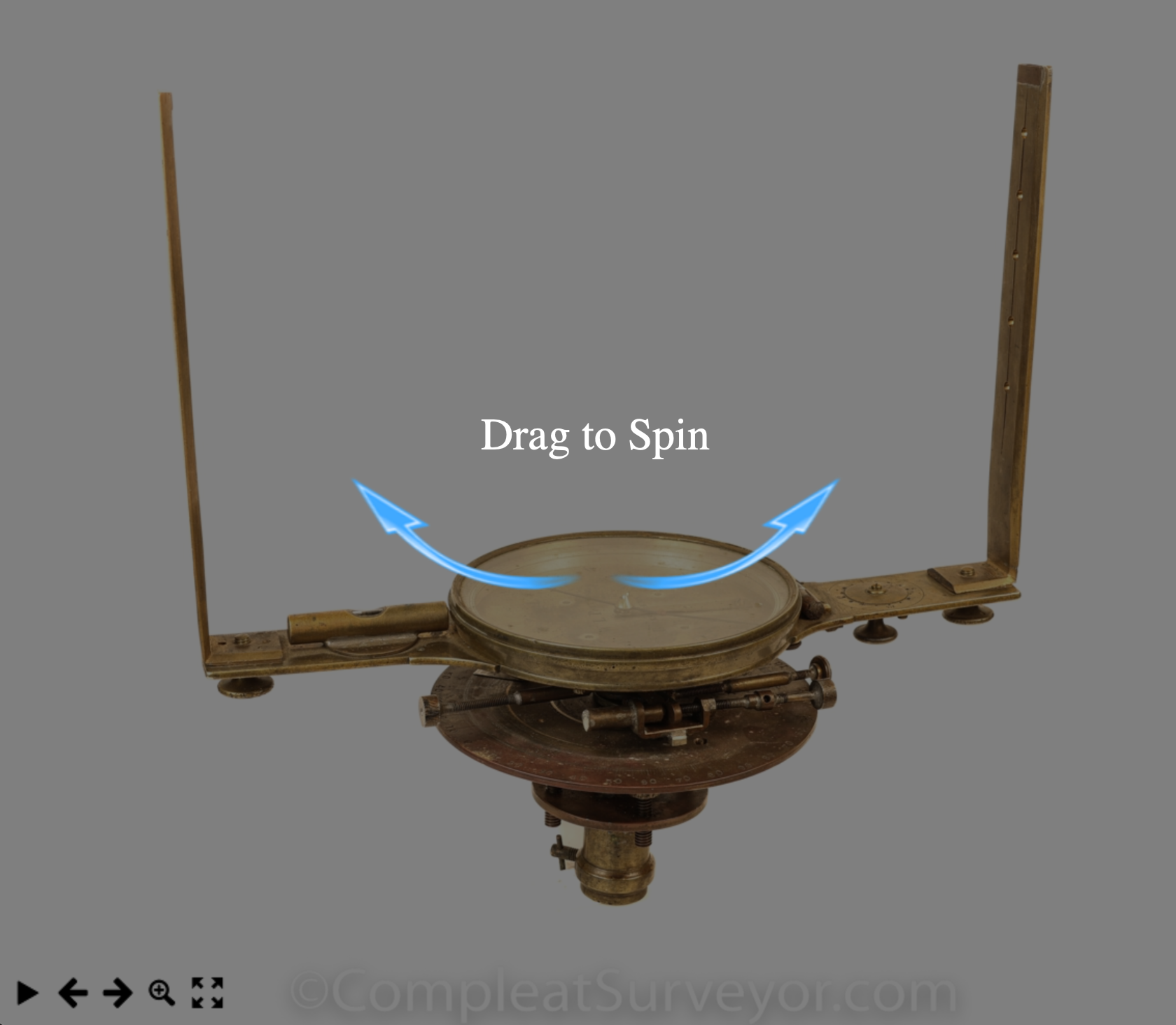
You can see a 360 degree view of the instrument by clicking on the link below. You can ZOOM in for a High Resolution View of any angle.
You can control the Rotation and Zoom two ways:
(1) There is a control panel on the bottom left hand side. The arrows control Rotation and the magnifying glass controls Zoom.
(2) Your mouse can control Rotation and Zoom as well. You control Rotation by dragging the Mouse from side to side. You control Zoom with the scroll wheel. I personally prefer the Mouse approach.
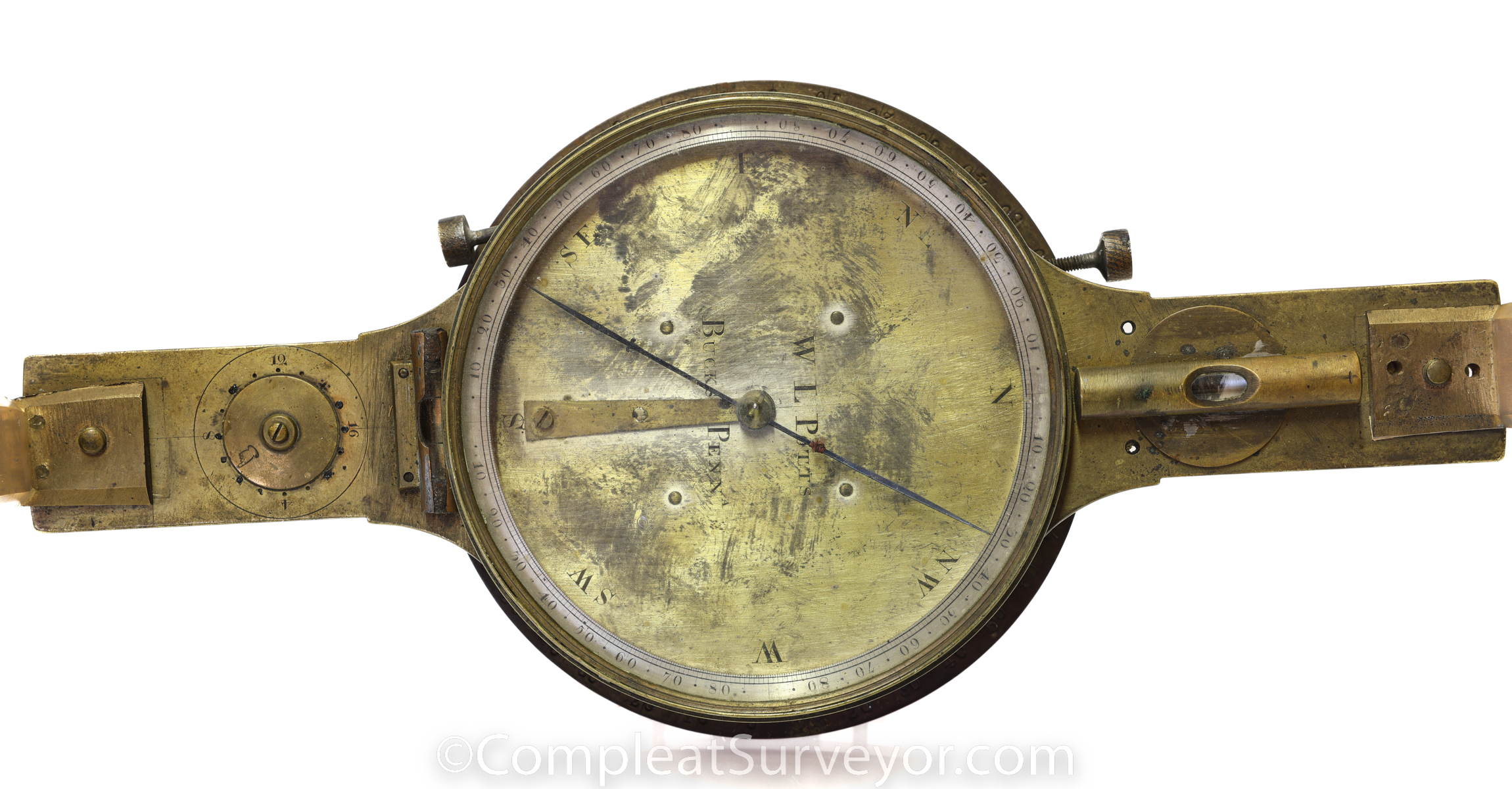

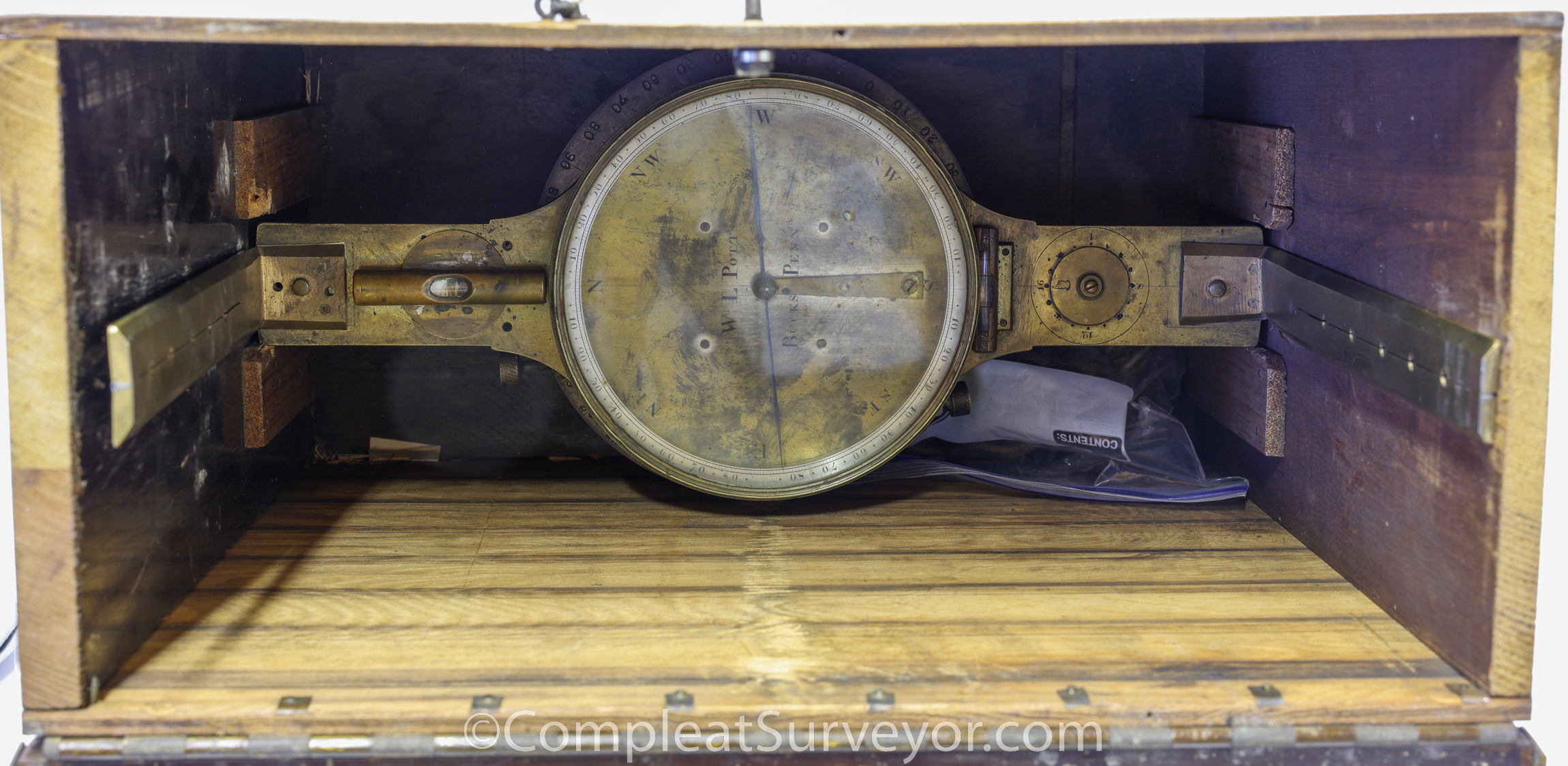
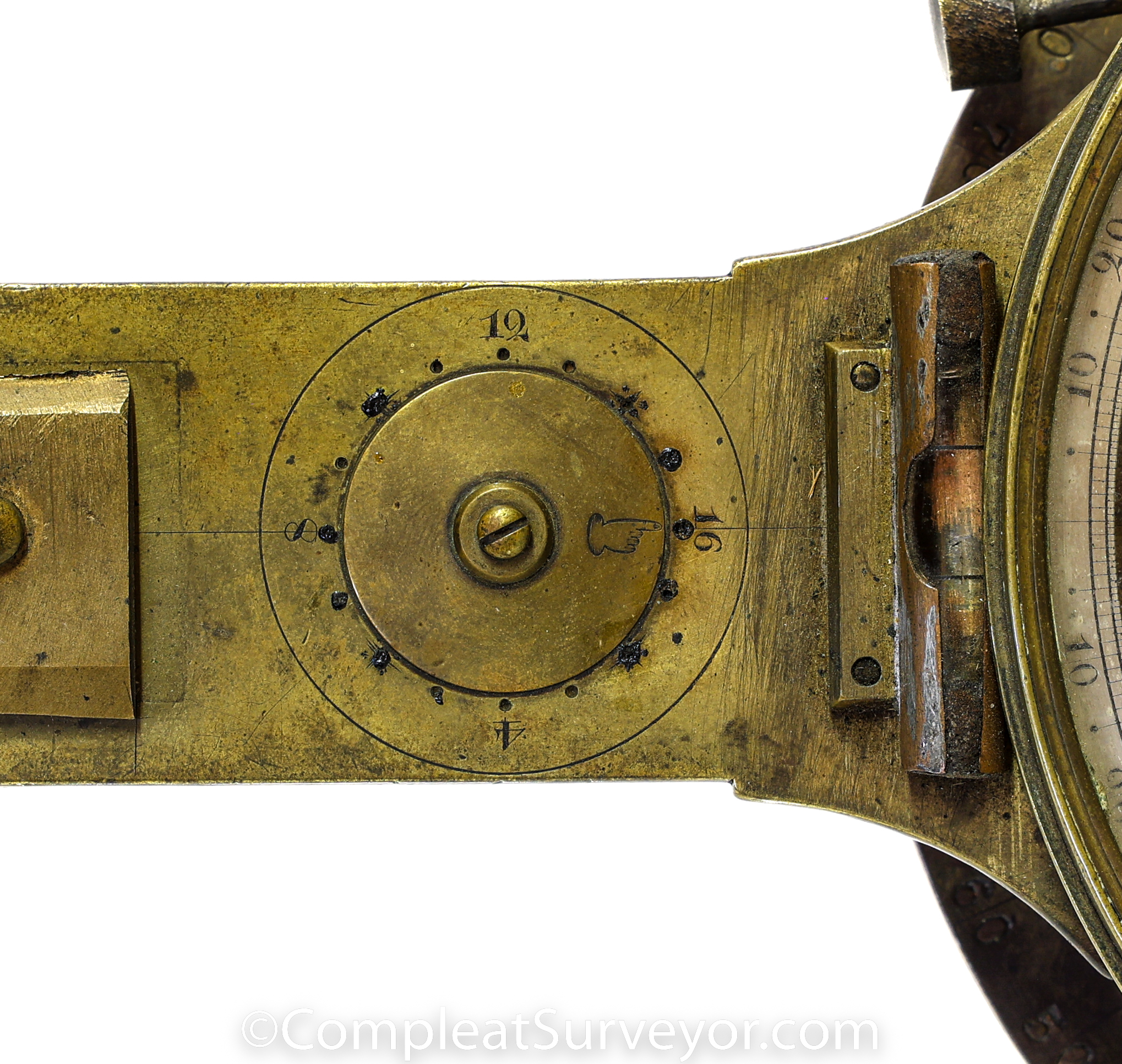
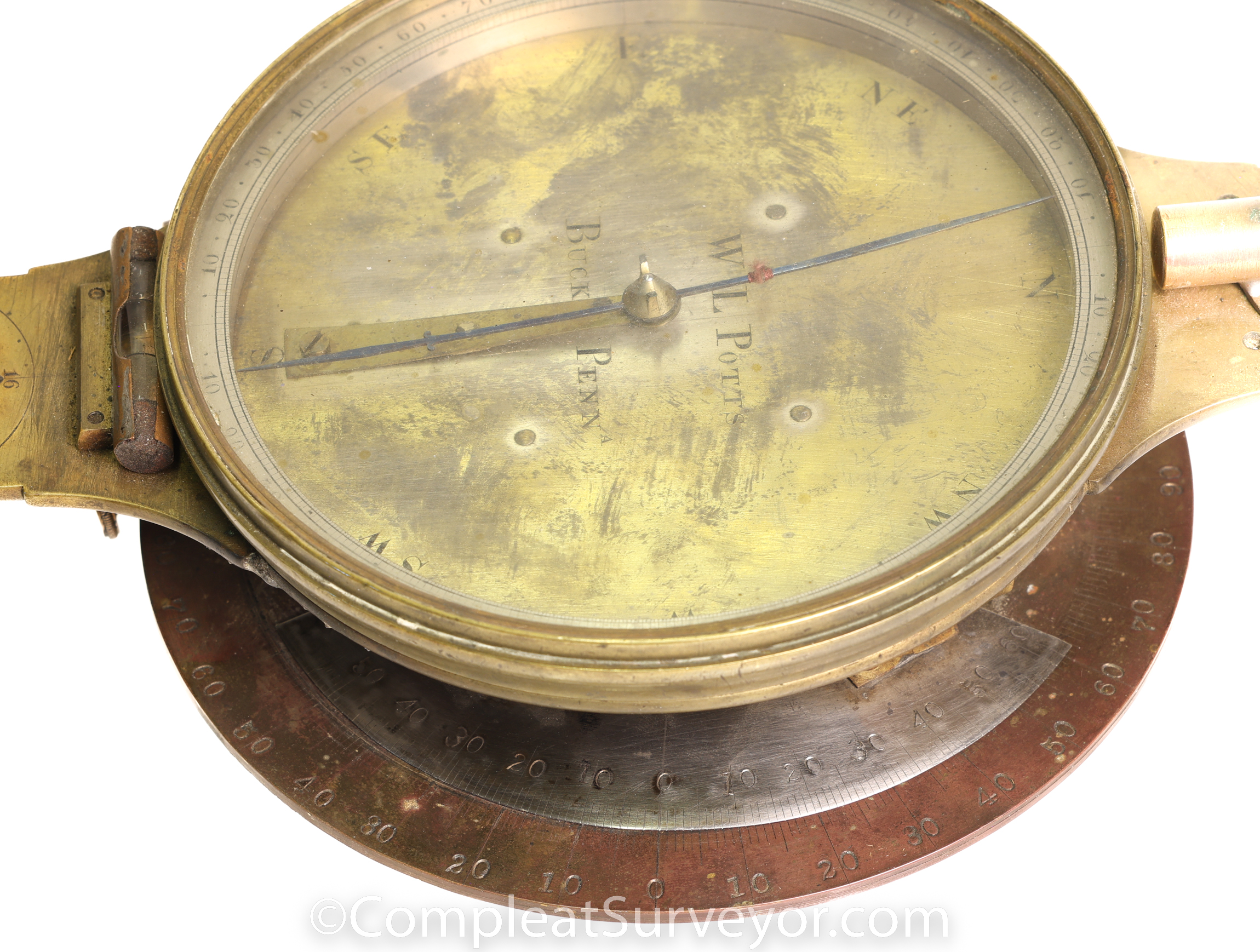

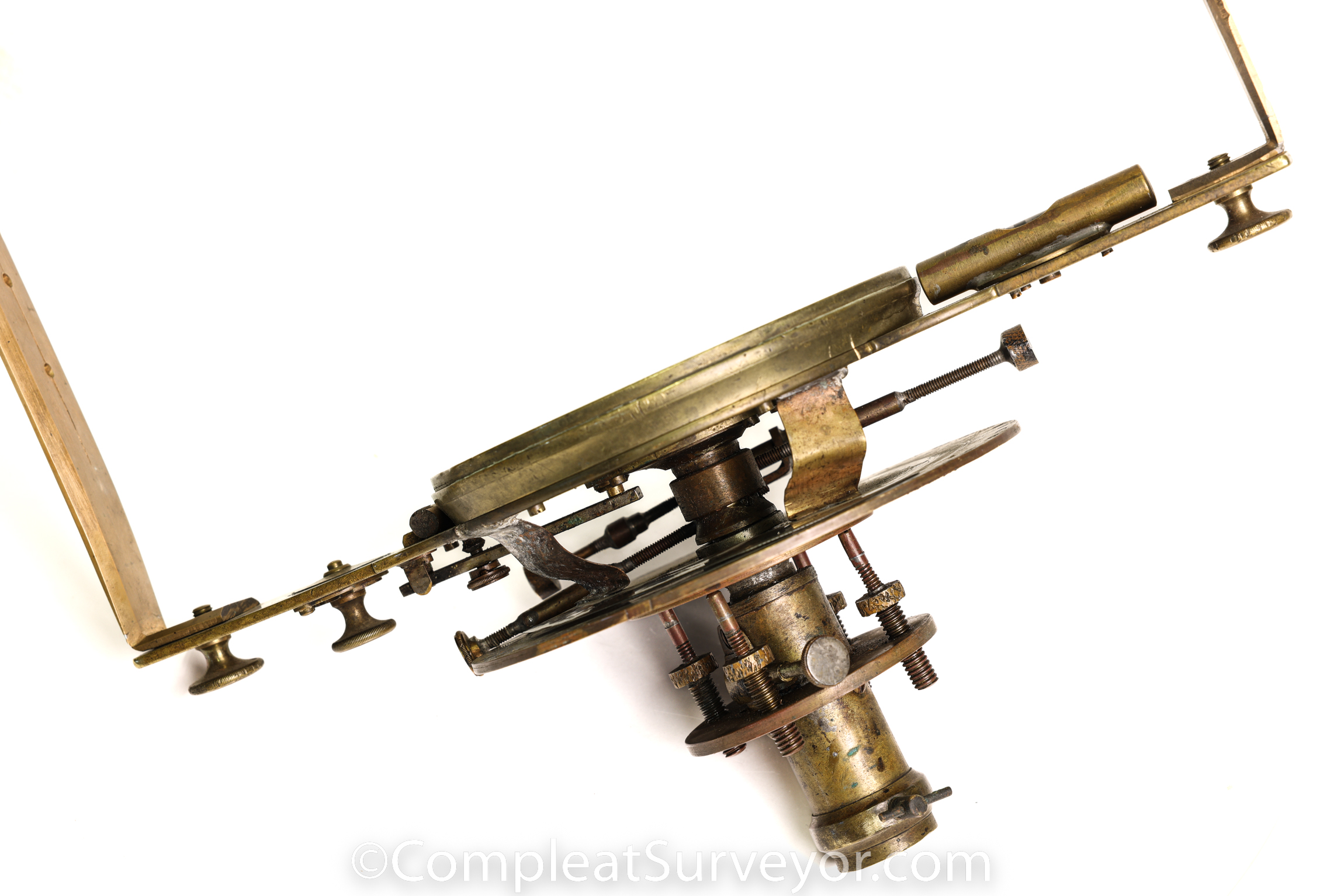
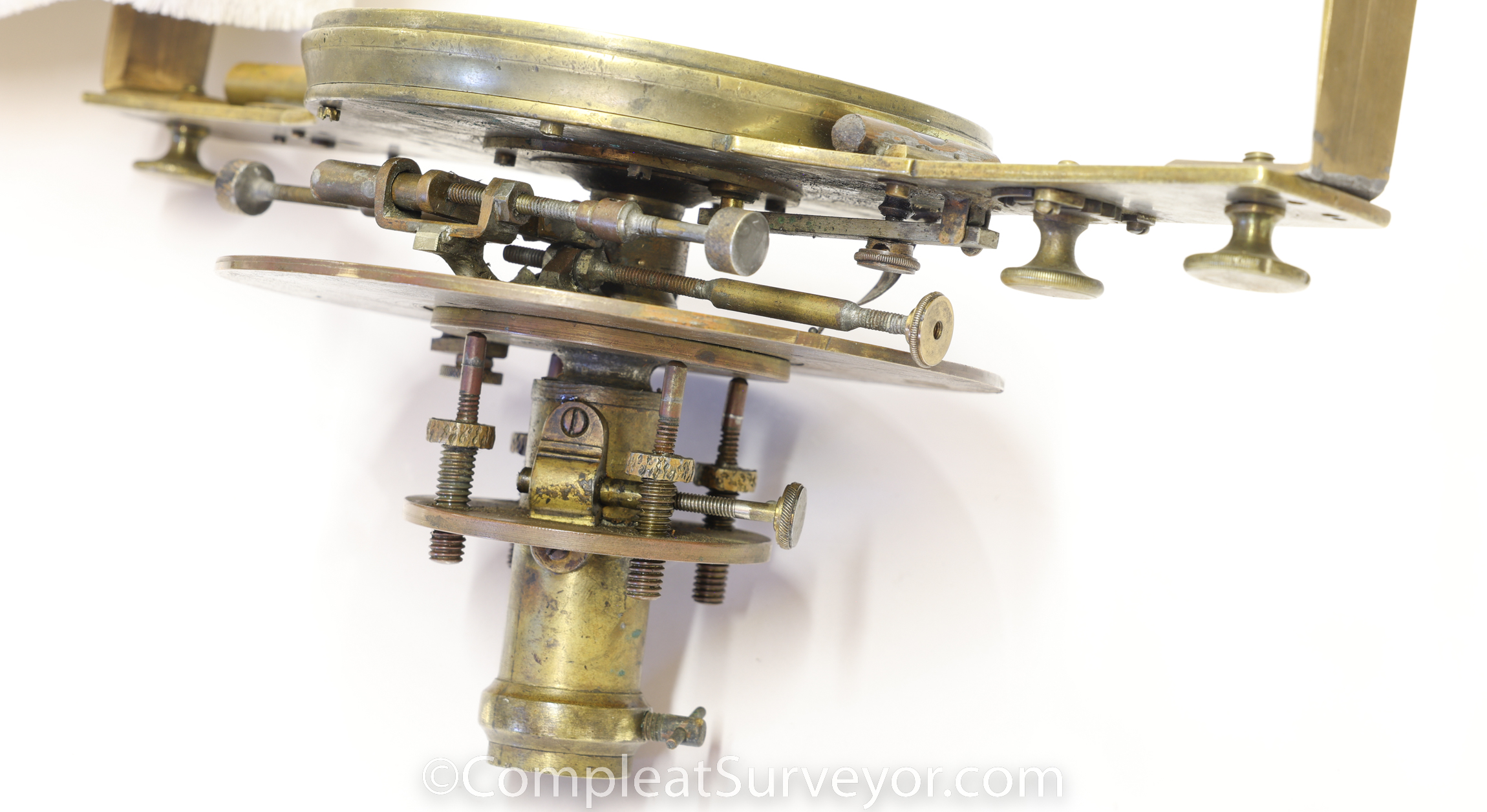
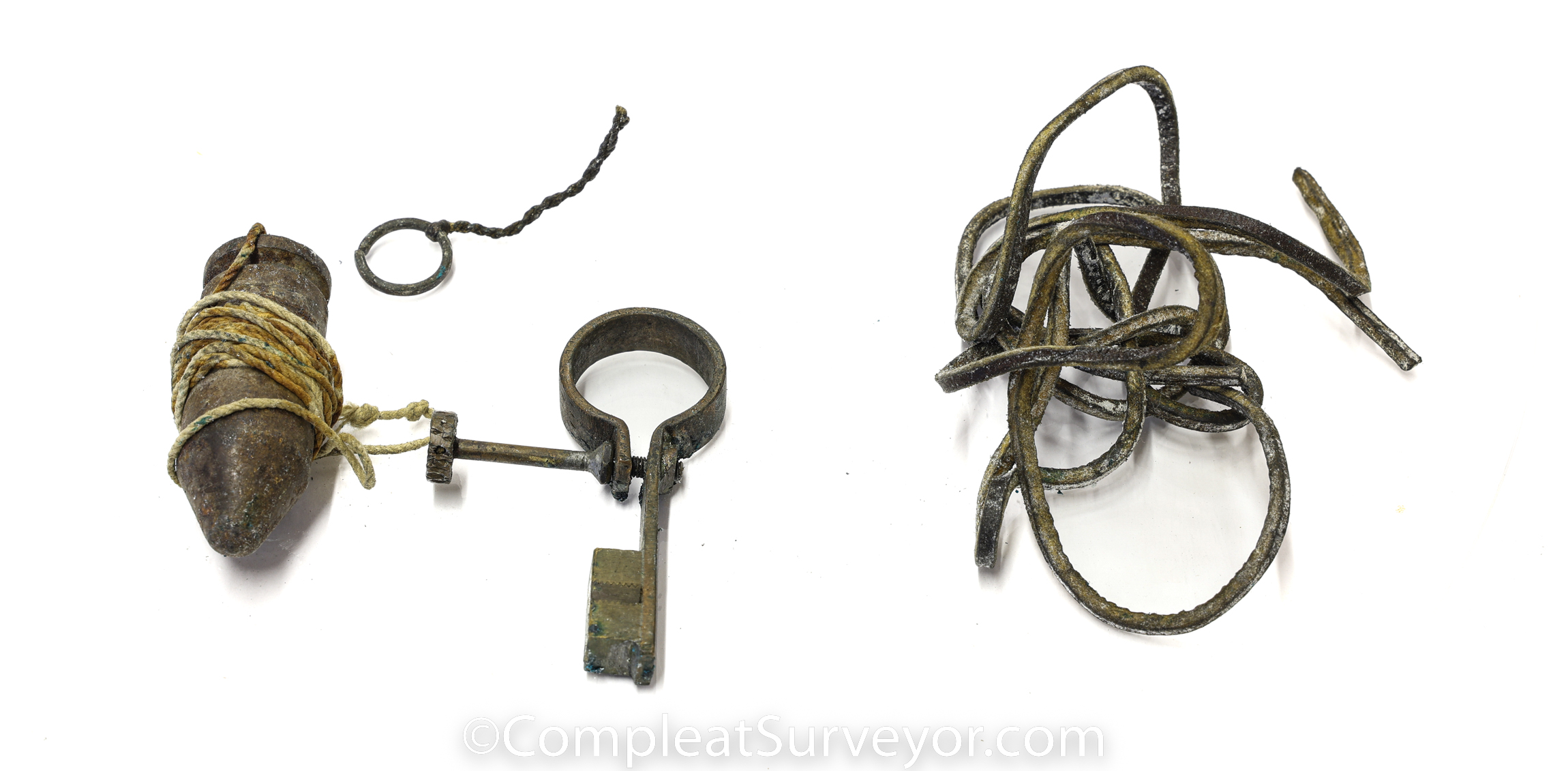
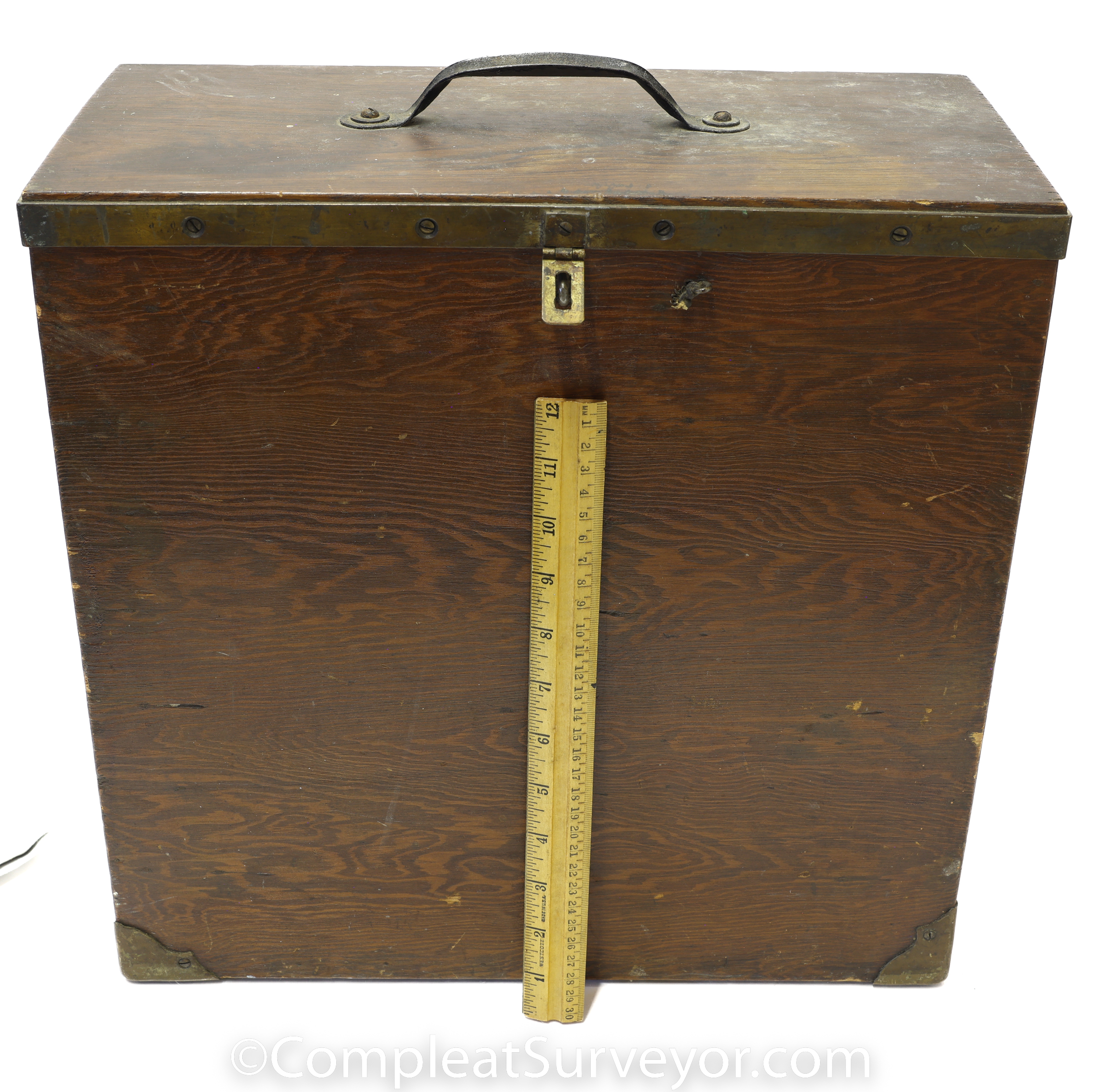
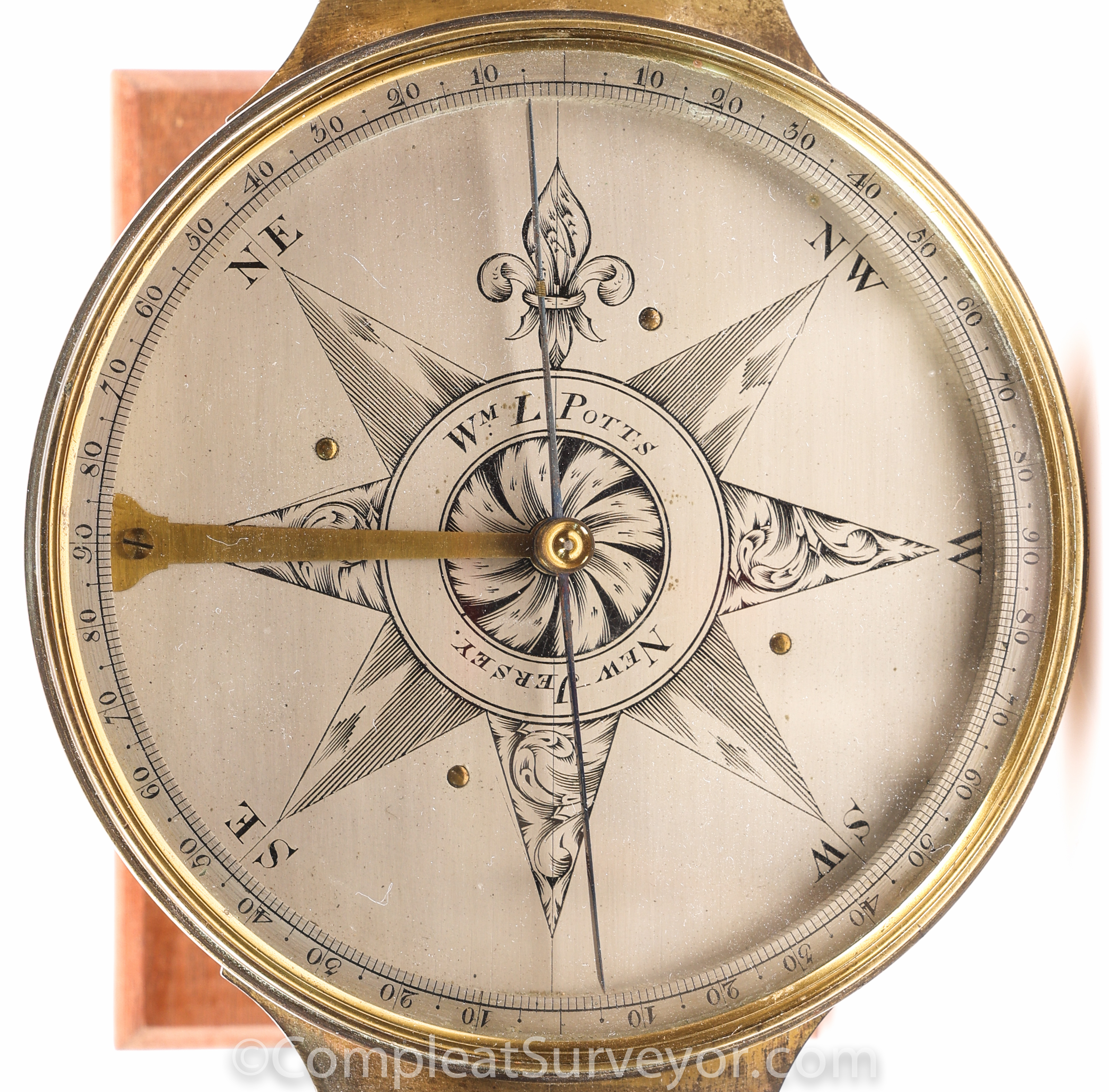
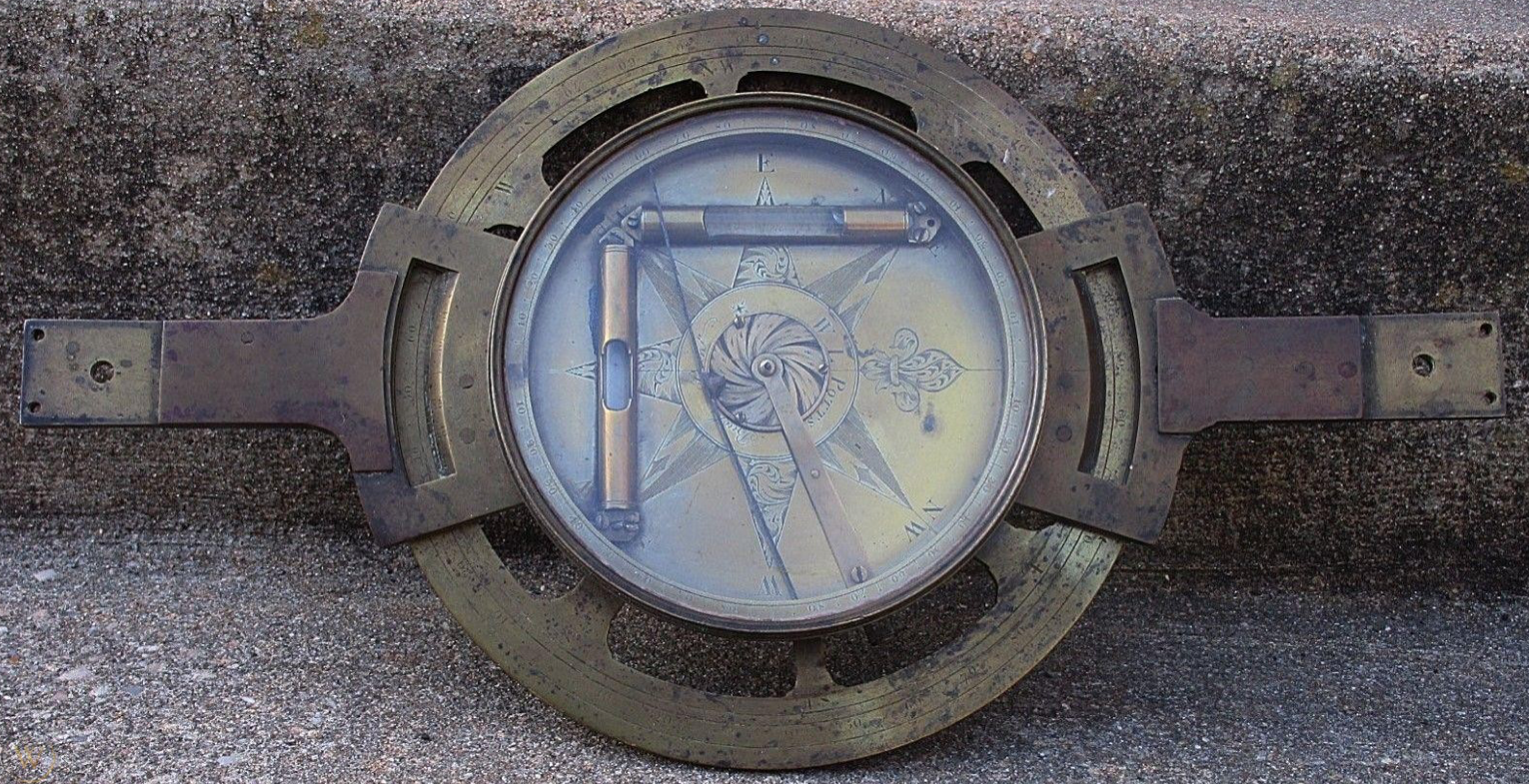
© 2020 Russ Uzes/Contact Me